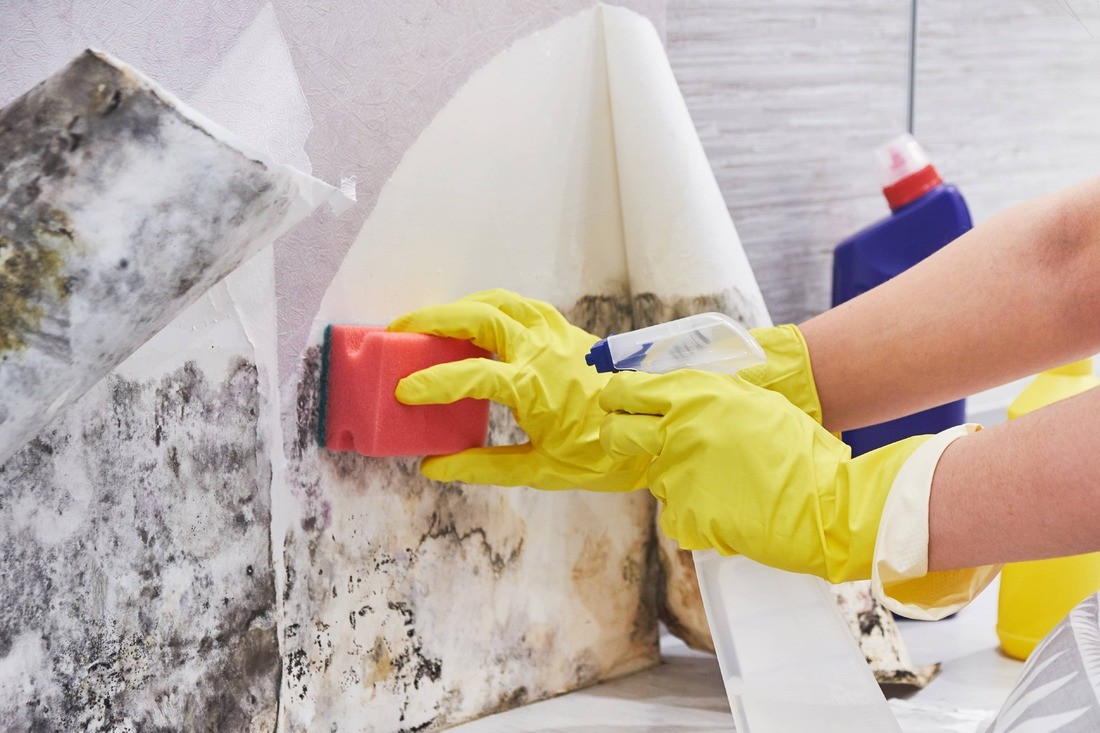
The Impact of Basement Floods
Basement flooding can be a nightmare for homeowners. Not only does it cause damage to the foundation, walls, and flooring, but it can also result in the loss of valuable belongings. It’s crucial to understand the steps to take for basement flooded water damage restoration to minimize the damage and prevent further issues.
Assessing the Safety of the Basement
Before starting any restoration work, it’s essential to ensure that the basement is safe to enter. This involves checking for any structural damage, electrical hazards, or potential health risks. If there are any doubts about safety, it’s best to consult a professional water damage restoration company.
Identifying the Source of the Flood
Once the basement’s safety is confirmed, the next step is to identify the source of the flood. This could be due to heavy storms, a faulty sump pump, appliance failure, or inadequate drainage around the basement walls. Understanding the cause will help prevent future floods and address any underlying issues.
Removing Standing Water
The first task in basement flooded water damage restoration is removing standing water. This can be done using pumps or wet vacuums. It’s important to take precautions and wear protective gear, such as gloves and boots, as floodwater can contain contaminants and pose health risks.
Drying Out the Basement
After removing the standing water, the basement needs to be thoroughly dried out to prevent mold growth and further damage. This can be achieved using dehumidifiers, fans, and proper ventilation. It’s crucial to ensure that all moisture is eliminated from the affected area.
Cleaning and Disinfecting
Once the basement is dry, it’s important to thoroughly clean and disinfect the area. This involves removing any mud, debris, and contaminants left behind by the floodwater. Cleaning solutions and disinfectants should be used to eliminate any bacteria or mold that may have developed.
Addressing Damaged Materials
Basement flooding often leads to damaged materials such as carpets, drywall, and furniture. These items should be assessed for salvageability. In some cases, they may need to be discarded and replaced to prevent further issues, such as mold growth or structural damage.
Preventing Future Floods
After completing the restoration process, it’s essential to take preventive measures to avoid future basement floods. This can include improving drainage systems, installing a backup sump pump, sealing any cracks or gaps, and regularly inspecting and maintaining appliances that connect to the water supply.
The Importance of Professional Water Damage Restoration
While it’s possible to tackle basement flooded water damage restoration independently, seeking professional assistance is highly recommended. Water damage restoration companies have the expertise, equipment, and experience to handle the process effectively and efficiently.
Contact a Water Damage Restoration Company
If you’re dealing with a basement flood, don’t hesitate to contact a trusted water damage restoration company. They can assess the situation, provide a comprehensive plan for restoration, and guide you through the entire process to ensure your basement is restored to its pre-flood condition.
Frequently Asked Questions
What are the common causes of basement floods?
How can I prevent future basement floods?
For basement flooded water damage restoration services in Deerfield Beach, FL, contact JGW Group Water Damage Restoration Deerfield Beach at 754-294-5717.



